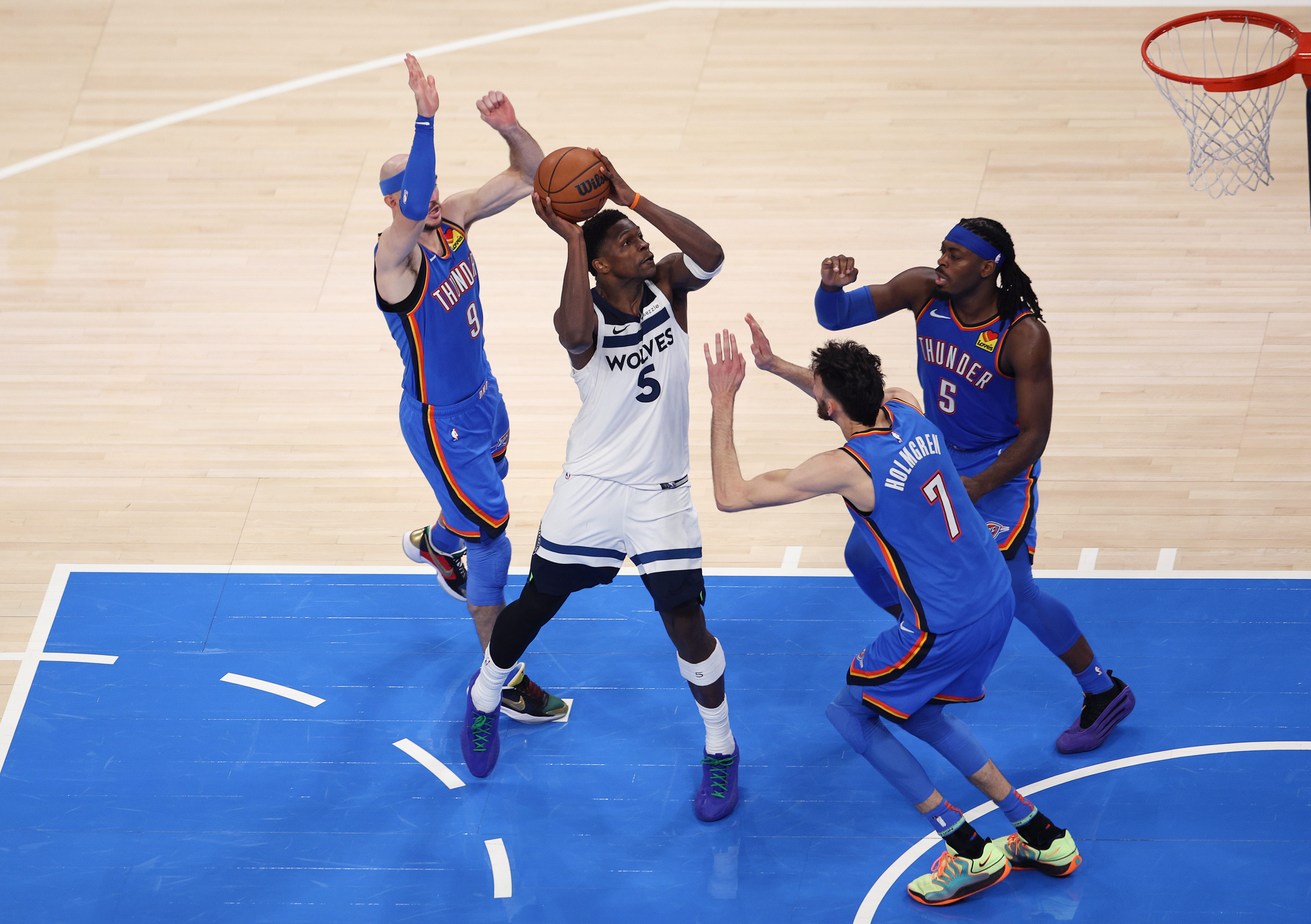Anthony Edwards was aggressive
Everyone was wrong; it didn't work

People with comically high testosterone levels tend to excel in sports. And that can lead them, in some cases, to jobs analyzing the game for television networks. Their thinking about problem solving can tend to have a certain predictable bent.
From now on, I want $5 in cash every time I hear an NBA player has to be “more aggressive.”
I want that money for three reasons:
It’s a dead horse. I’m 50, I’ve been watching sports since childhood. I swear it has been part of every single broadcast.
It’s unnecessary. It’s baked into the game. Even how NBA players apply rosin powder before tipoff (think of LeBron’s cloud of dust) is aggressive. They already knock each other to the floor 40-plus times a game.
It is incorrect.
Bad teams constantly feature wildly aggressive chuckers like Monta Ellis, Jordan Poole, or young Jalen Green. Ag…
Keep reading with a 7-day free trial
Subscribe to TrueHoop to keep reading this post and get 7 days of free access to the full post archives.

